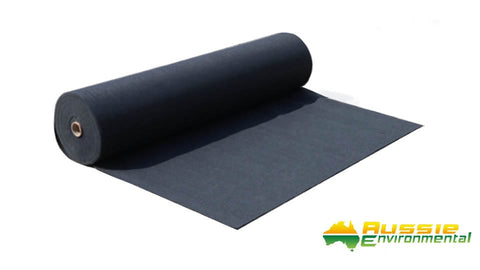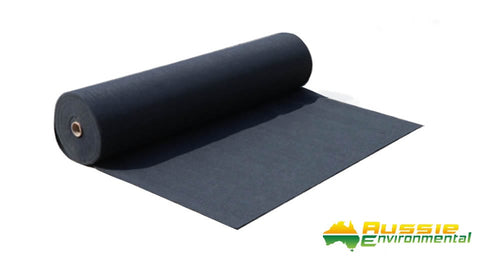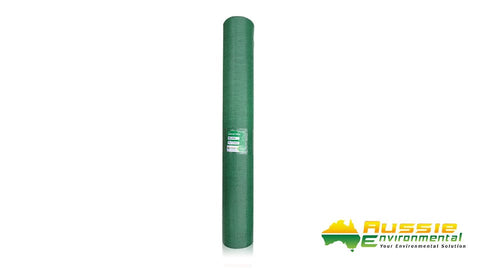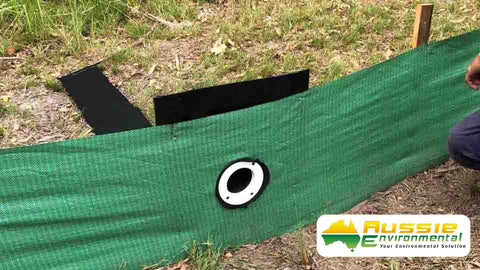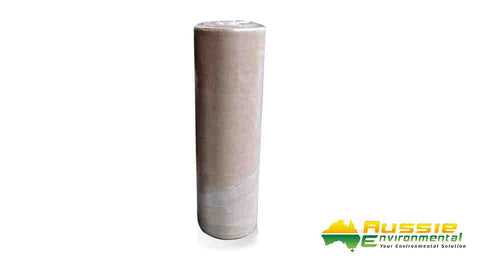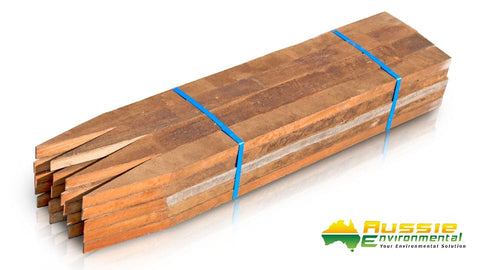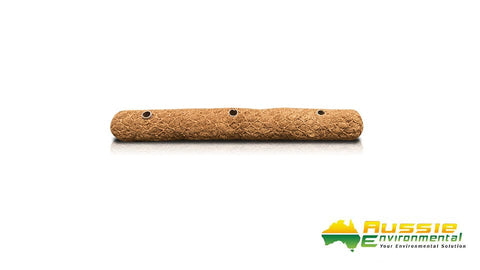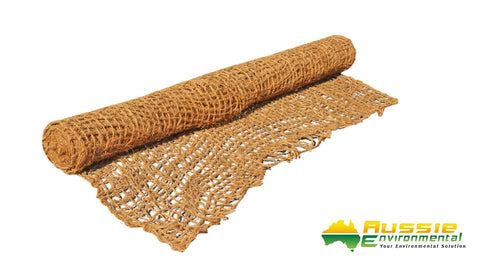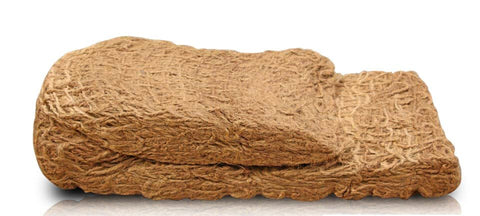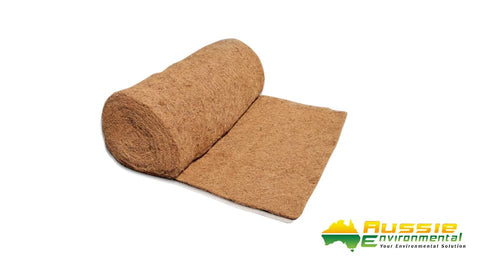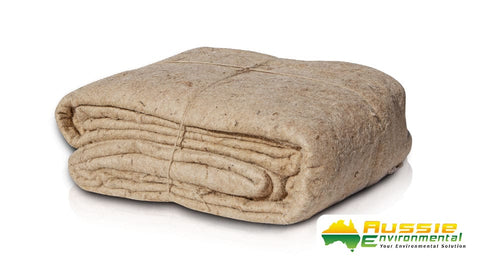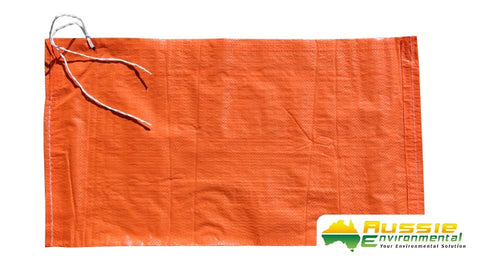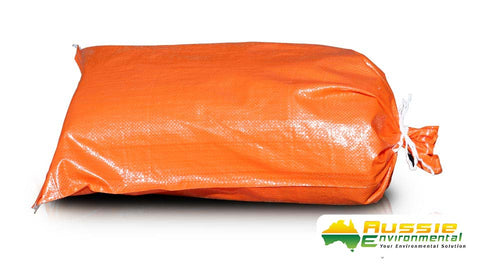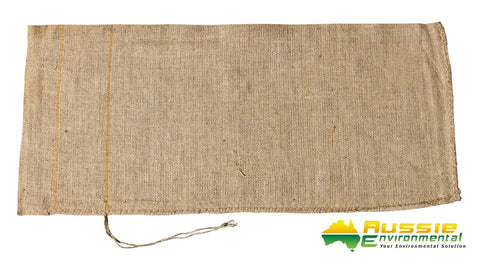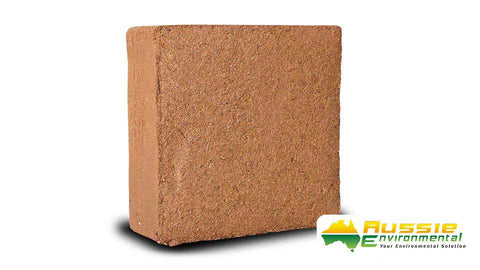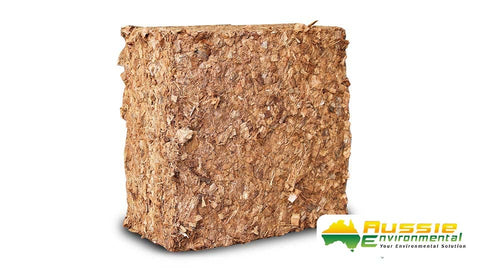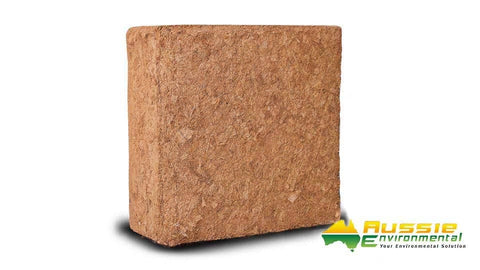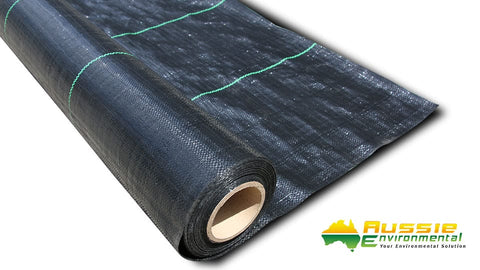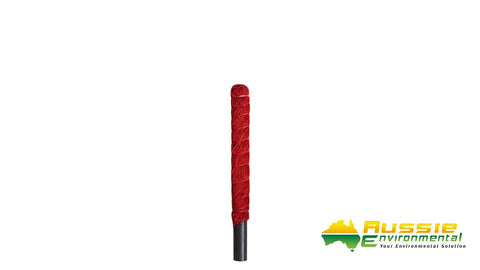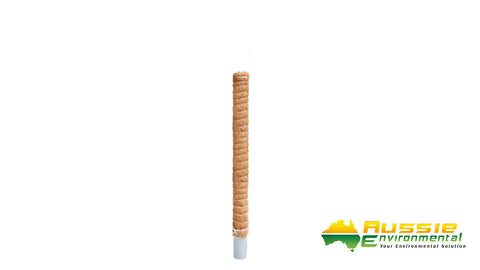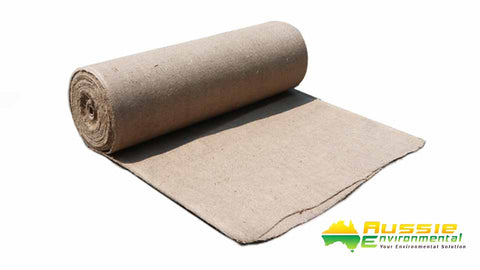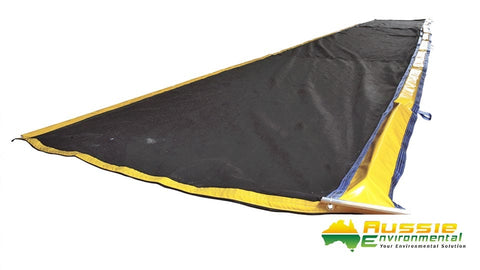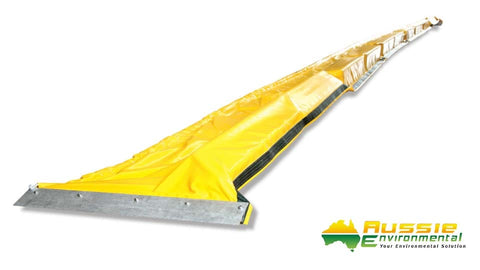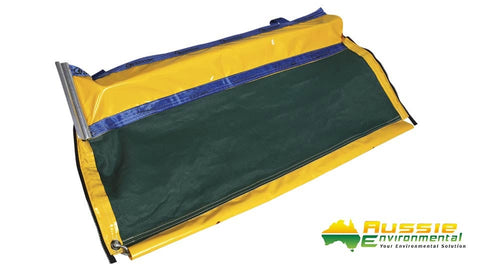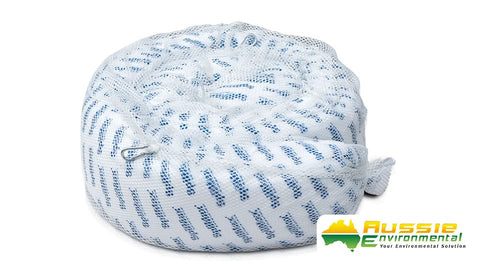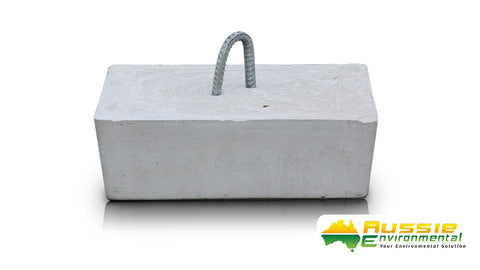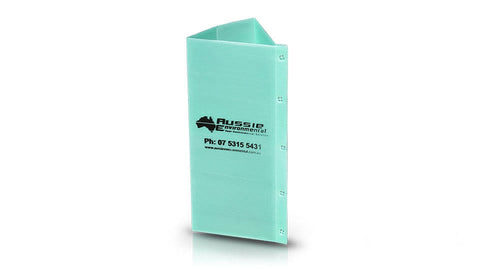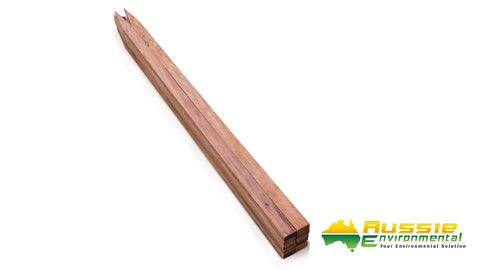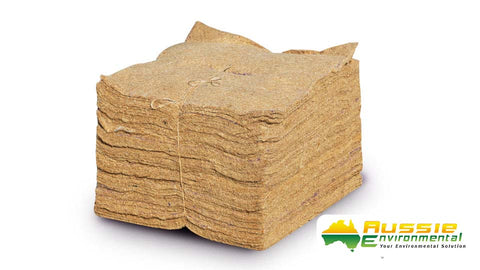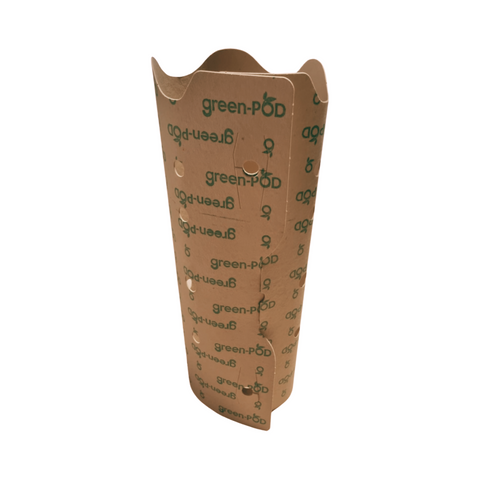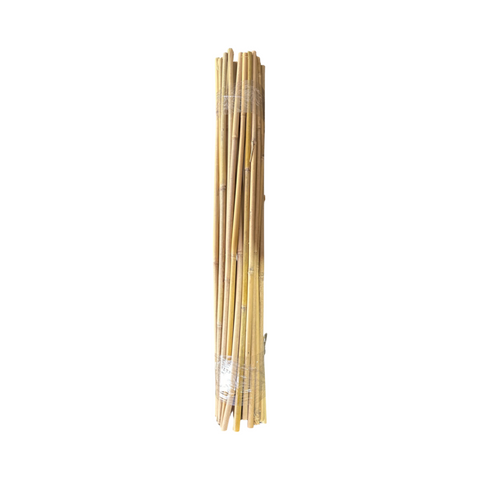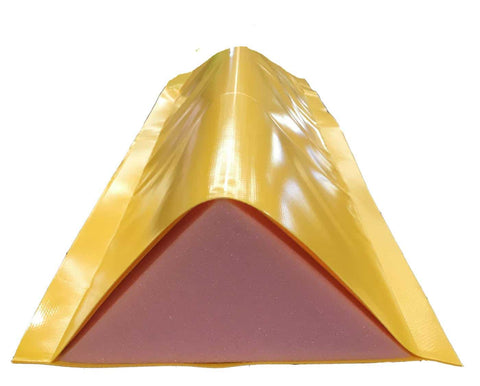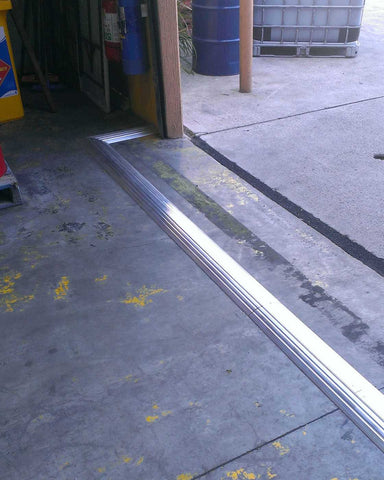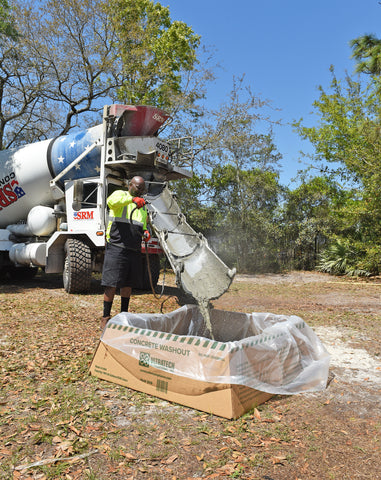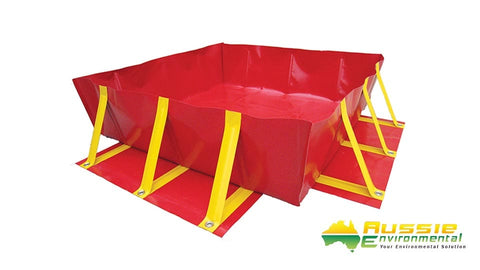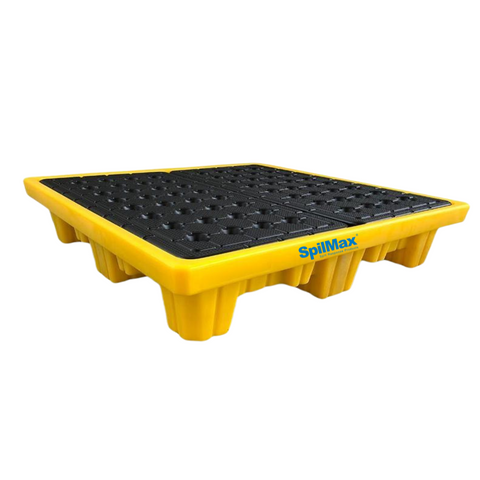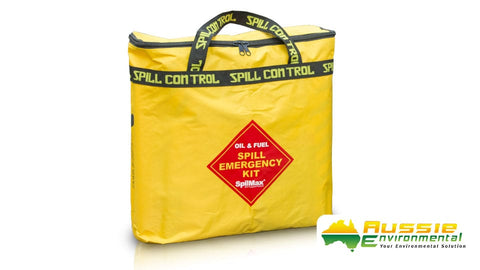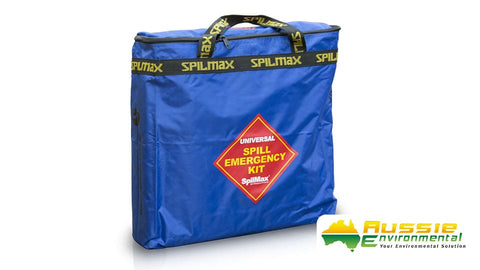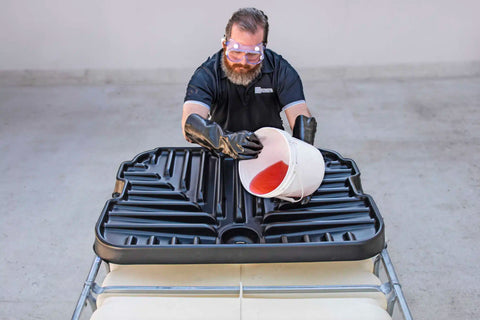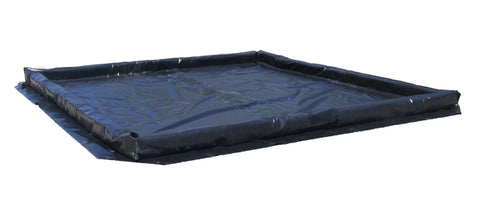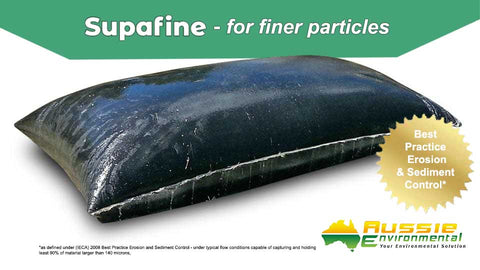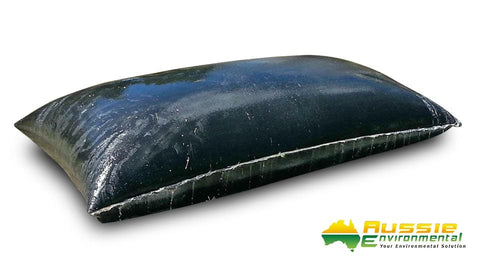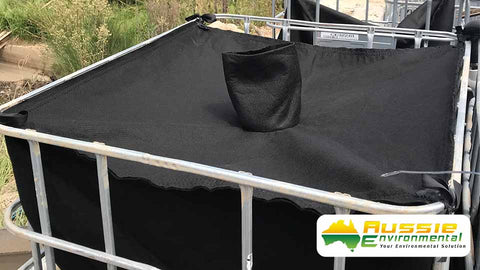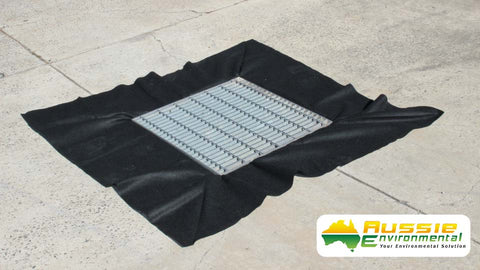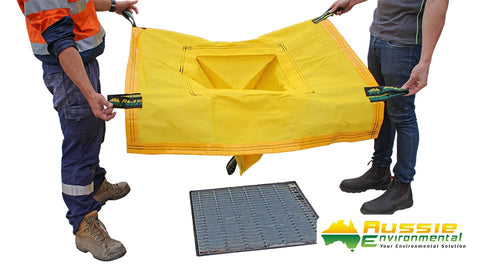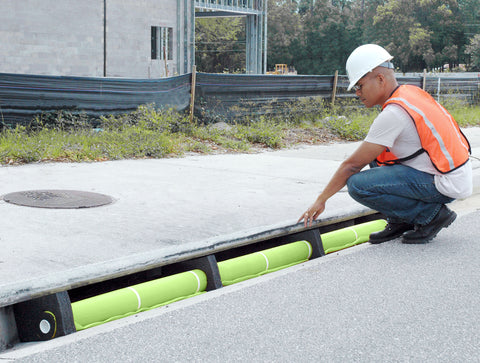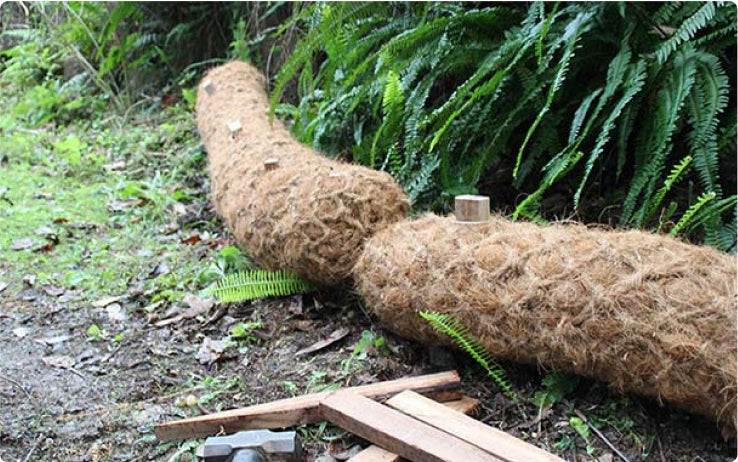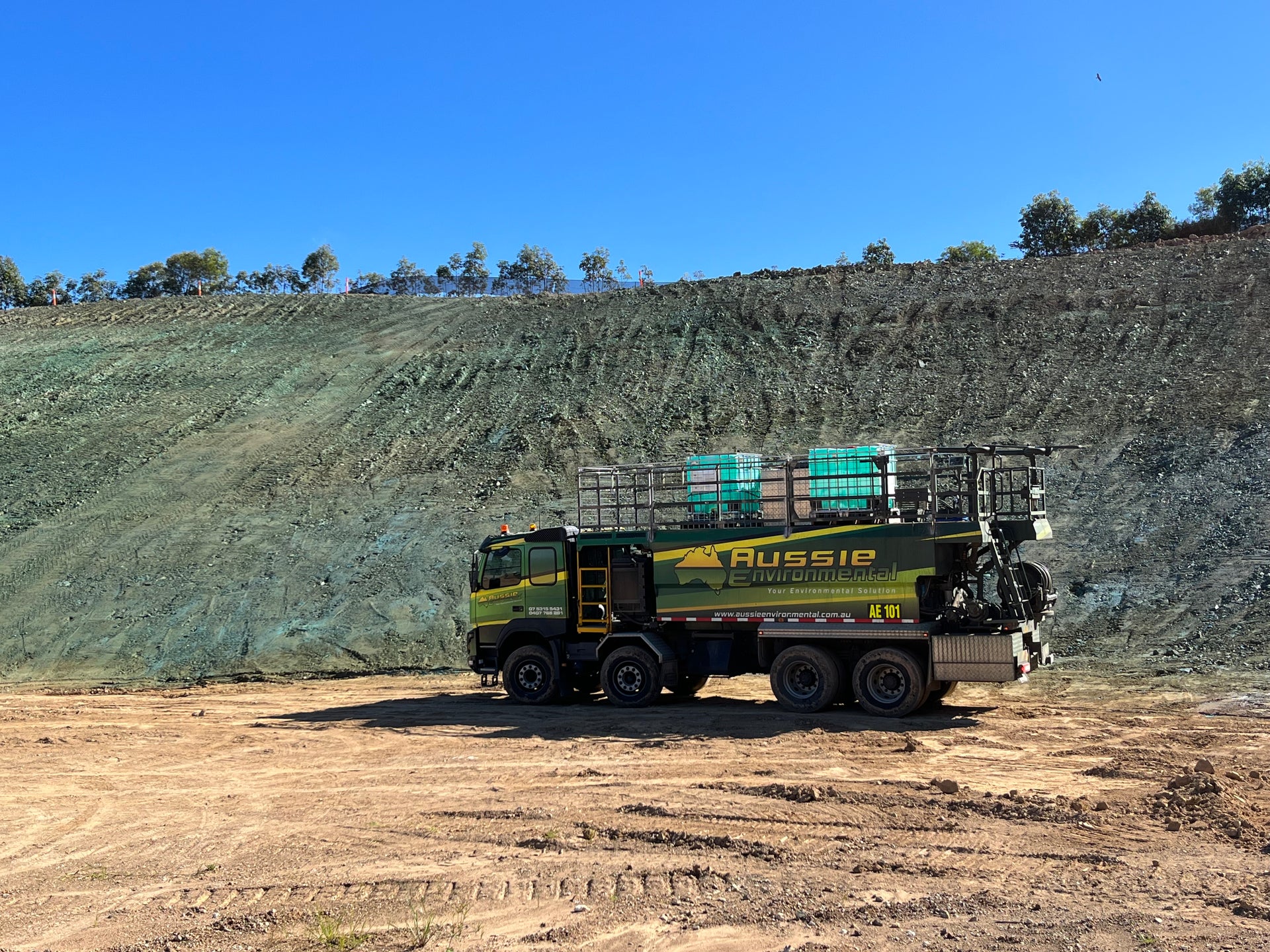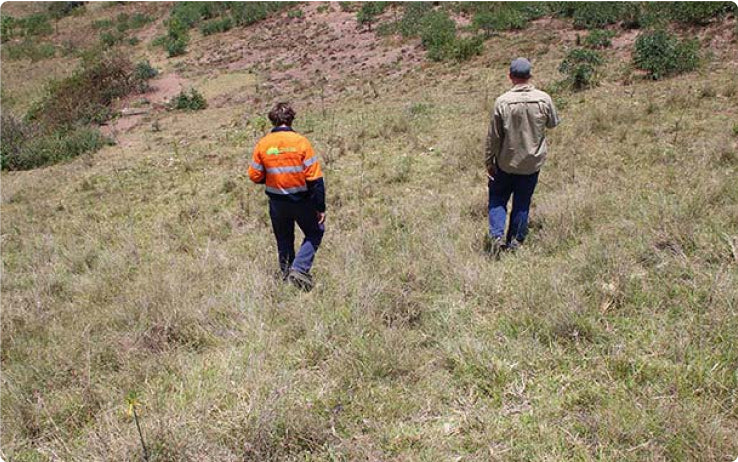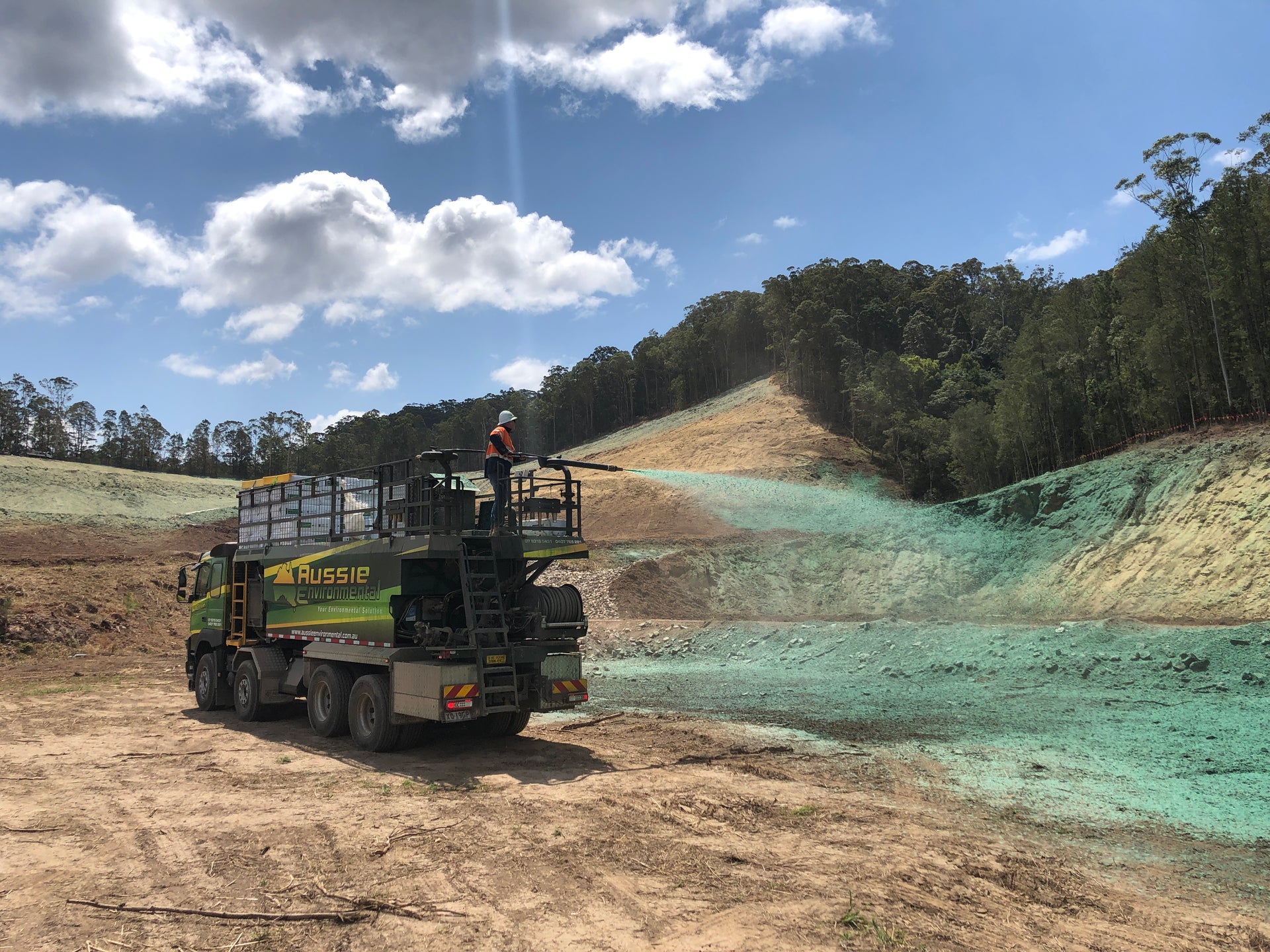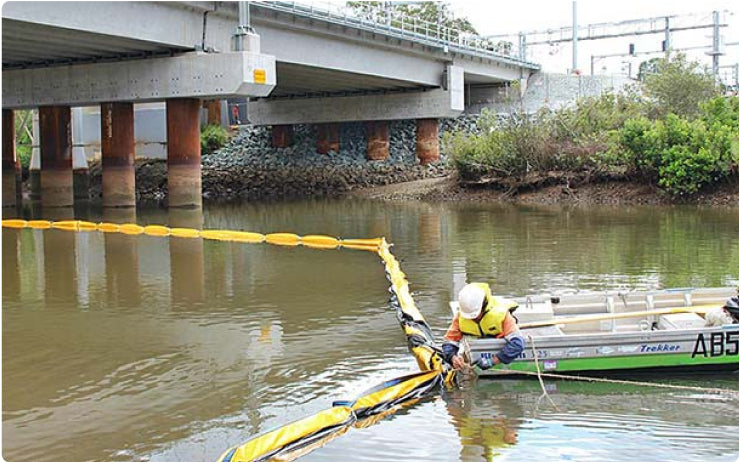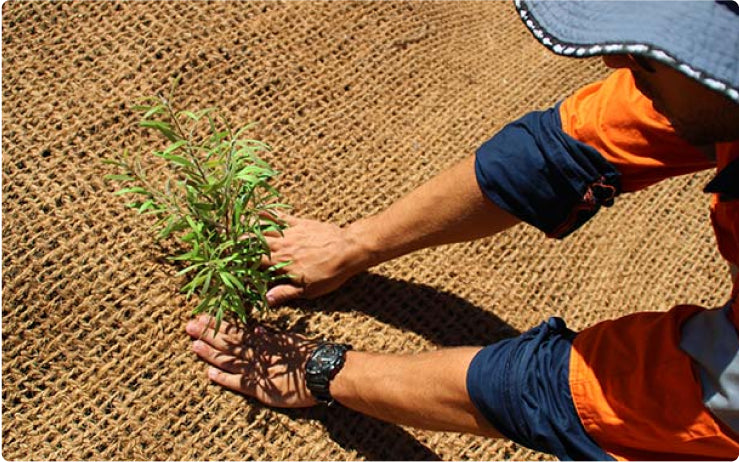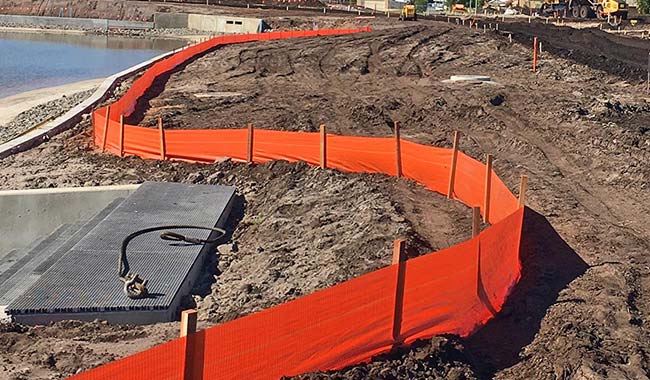The Role of Coir Matting in Slope Stabilisation and Revegetation
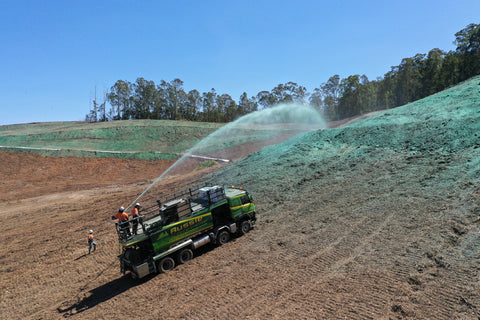
Steep slopes can be prone to soil erosion, especially during periods of heavy rain, since water runoff can take soil with it. That’s even more true if the slope comprises mainly bare soil with little vegetation, since plant roots help to bind the soil together so that erosion is prevented.
The challenge is to stabilise the slope in the short term while increasing vegetation as a longer-term solution. That’s where coir blankets are particularly useful because they are very effective for both purposes.
Coir Matting Features and Uses
Coir matting is a natural product that is made from the fibrous husks of coconuts. As such, it is a sustainable and environmentally friendly material that will decompose naturally over time with no harmful effects.
It is frequently used to:
- prevent soil erosion on steep slopes by securing loose soil so that it is not washed away by heavy rainfall
- restore shorelines and prevent the erosion of riverbanks since it resists water flow and traps sediment
- rehabilitate wetlands by helping to restore ecological balance
- protect construction sites by minimising the problems caused by wind and water that prevent effective operations
- reduce soil loss caused by traffic and rainfall on roadside embankments.
Coir matting can also be used in many other situations where soil stabilisation is needed. It is available in different types:
- woven mats that resist wear, absorb water, allow air to circulate so that plant growth is promoted and are ideal for areas with high traffic levels
- non-woven mats using compressed fibres that are suitable for large areas and are available in different thicknesses.
Coir is also used to make logs and wattles that are often placed along riverbanks to inhibit water flow.
The Benefits of Coir Matting
Coir matting offers many advantages over synthetic materials, which include the following:
- it is a natural product that decomposes over time, enriching the soil and causing no harm to the environment
- with a lifespan of 2-5 years, coir matting remains effective for as long as needed, even under challenging conditions
- it is easy to install, simply being laid over prepared ground and held in place by retaining pins
- the structure of coir matting means that air, water and nutrients can pass through so that the development of vegetation is encouraged
- coir matting is much better for the environment.
Choosing and Using the Best Coir Matting
Different types of coir matting and related products are available, plus numerous other suitable products, so you need to choose the right one to achieve the best results. To do this, assess the size and characteristics of your site, particularly the steepness of the slope that may determine the thickness of the matting needed. The local climate and the type of soil will also influence your choice, with frequent heavy rainfall increasing the problem.
Always check local regulations and any vegetation that exists or will thrive on the site, since these are the plants you want to encourage for long-term stability. Whether you are simply wanting to reduce soil loss or to encourage vegetation growth for habitat restoration will also influence the choice.
Making the right choice may be confusing, but here at Aussie Environmental, we are here to help. We have a large range of products and services that will be ideal for your needs, and we are always happy to give all the advice you want. Our aim is to make your project succeed, so contact us and we’ll tell you how we’ll do it.




